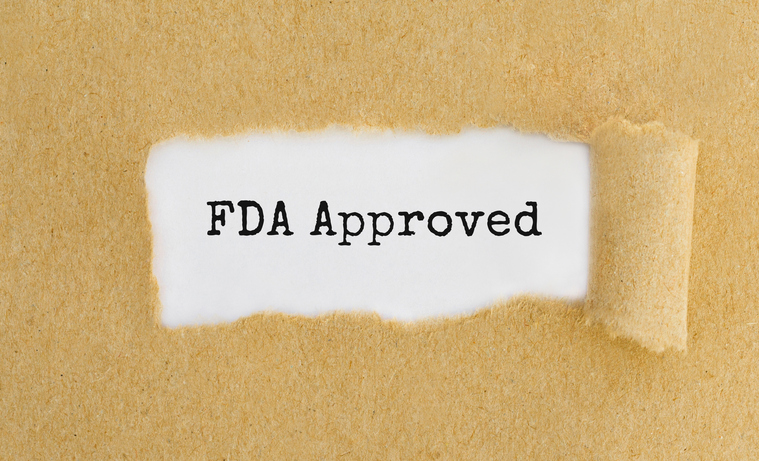
A new effort is aimed at helping digital health startups bake regulatory considerations into their business strategy early on – and spare them from nasty surprises when they seek approvals for their products.
By early 2023, the Digital Health Regulatory Pathways project plans to unveil a free, open-access resource that will guide startups along the right regulatory path. Boston-based Digital Medicine Society, or DiMe, is sponsoring the project, which was announced this week.
Regulators have made headway, particularly in the U.S., toward embracing the new generation of digital health tools.
But startups often make decisions based on a limited understanding of the regulatory process, said Jennifer Goldsack, CEO of DiMe. The nonprofit’s partners include Abbott, Google, the Consumer Technology Association and the U.S. Food and Drug Administration.
According to a recent survey by DiMe, 25% of digital health developers did not know whether their digital health product should be regulated. Of those who knew regulation was needed, 75% said they did not know the optimal pathway.
“We saw that this kind of strategic thinking wasn’t happening in the market,” Goldsack said in a phone interview. “And we felt really strongly that a really robust regulatory strategy … can and should be a differentiator.”
The right strategy can help a startup unlock the full value of its products by ensuring they find markets and payers. It can also reassure investors at a time when funding is expected to tighten, Goldsack said.
A grasp of regulatory pathways not only helps startups identify which program might be a good fit. It can help them make decisions about product strategy, portfolio strategy and in-house capabilities, Goldsack said. “It’s not a single decision point.”
As an example, she cited clinical decision support tools that incorporate artificial intelligence and machine learning. The tools may simply present data to consumers that they can act on, they may assist clinicians in making a diagnosis, or developers may want the tools to make their own diagnoses without clinical oversight or additional data.
“That’s where we think this tool becomes valuable to the field,” Goldsack said.
Companies that don’t pick the right path risk having to unwind past decisions or being unable to reach their intended market, she added.
In addition to identifying the right pathway, the tool is expected to help startups answer questions about the pros and cons of pursuing a regulatory pathway, as well as the key milestones and evidence needed for success.
“We’re delighted that DiMe is convening this group to develop and extend tools that can support the wider ecosystem, so that we can all help accelerate the translation of new technologies from ideas to daily use,” Linda Peters, vice president of quality, regulatory/safety and health at Google, said in a statement.
Other partners include Aetion, Amgen, the Digital Therapeutic Alliance, Genentech, the Harvard-MIT Center for Regulatory Science, Janssen, Otsuka Pharmaceuticals, Rock Health, Sidekick Health and Tidepool.






